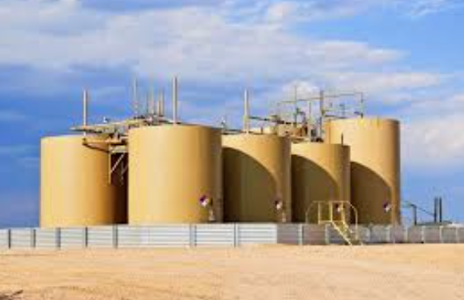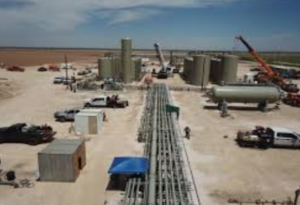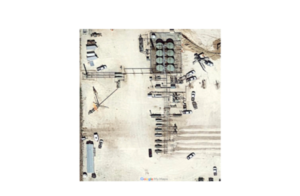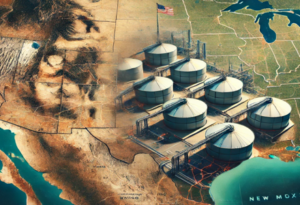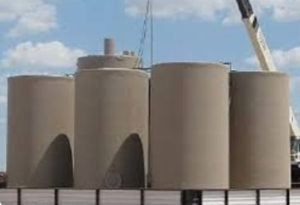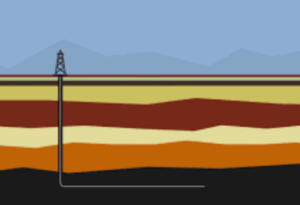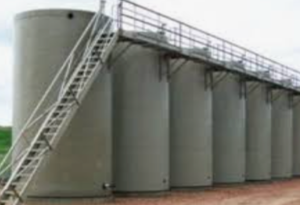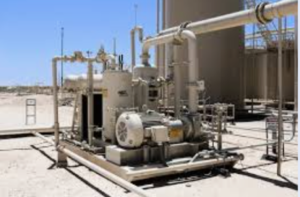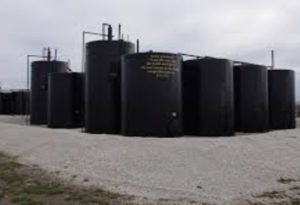The Q1/2024 earnings call deck details ConocoPhillips’ plans for upgrading existing facilities in the Eagle Ford region. Key points include:
- Facility Upgrades:
- ConocoPhillips is investing in upgrading its existing facilities in Eagle Ford to enhance processing efficiency and increase storage capacity. These upgrades are essential to accommodate the anticipated rise in production volumes.
- Technological Enhancements:
- The upgrades include the implementation of advanced technologies and automation systems to improve operational efficiency, reduce costs, and enhance safety measures.
- Environmental Compliance:
- Upgraded facilities are designed to meet stringent environmental regulations, minimizing the ecological footprint of operations and ensuring sustainable practices.
These upgrades are a crucial part of ConocoPhillips’ strategy to optimize production and ensure the long-term viability of their operations in the Eagle Ford region. It is important that Operators have effective monitoring and maintenance of API 12F tanks involve regular inspections and remote monitoring to detect settlement and alignment issues, alongside continuous instrumentation checks and automation systems for early issue detection.
Routine maintenance includes visual inspections, cleaning, re-leveling, foundation repairs, and leak prevention through secondary containment and cathodic protection. Ensuring the functionality of safety systems, such as fire suppression and spill containment, is also crucial for compliance and operational efficiency.
Ensuring the longevity, safety, and compliance of API 12F tanks involves comprehensive monitoring and maintenance practices. Below are detailed steps and considerations:
Monitoring
Settlement Monitoring:
- Regular Inspections: Conduct periodic inspections to detect signs of settlement, such as uneven tank bottoms, tilting, or structural deformation. Utilize settlement plates, laser leveling, or other surveying techniques.
- Remote Monitoring Systems: Implement systems for continuous observation, providing real-time data and alerts for any abnormal changes in tank alignment or settlement.
Instrumentation and Control Systems:
- Level Gauges and Pressure Sensors: Regularly check and calibrate these devices to ensure accurate readings and functionality.
- Automation Systems: Use automation and control systems to continuously monitor tank levels, pressures, and temperatures. This helps in early detection of potential issues and ensures efficient operation.
Maintenance
Routine Maintenance:
- Visual Inspections: Perform visual inspections of the tank exterior and interior for signs of corrosion, leaks, or other damages, focusing on welds, seams, and fittings.
- Cleaning: Schedule regular cleaning of the tank interior to remove sludge, sediment, and other buildups that could affect tank performance and integrity.
Structural Maintenance:
- Re-Leveling: If uneven settlement is detected, take corrective actions such as re-leveling the tank by adding or removing foundation material or reinforcing the foundation to distribute loads more evenly.
- Foundation Repairs: Address foundation issues promptly, which may involve adding gravel, reinforcing with geotextiles, or installing additional support structures.
Leak Prevention and Environmental Protection:
- Secondary Containment: Ensure that secondary containment measures, like dikes or berms, are in place and maintained to prevent environmental contamination in case of leaks or spills.
- Cathodic Protection: Install and maintain cathodic protection systems to prevent corrosion of the tank, especially in corrosive environments.
Safety Systems:
- Fire Suppression Systems: Regularly inspect and test fire suppression systems to ensure they are operational and compliant with safety regulations.
- Spill Containment: Maintain and inspect spill containment systems to ensure they are effective and compliant with environmental protection standards.
By adhering to these monitoring and maintenance practices, operators can ensure the structural integrity, safety, and operational efficiency of their API 12F tanks while also complying with regulatory requirements.
When choosing a tank pad for long life oil & gas batteries it is important the you take into consideration the following features;
Chemical Resistance:
Due to the Outer Skin and Composite Core’s specific makeup, the pad is resistant to a broad spectrum of chemicals that are typically shown to be corrosive and destructive in nature. All testing shows that the pad does not soften, erode, or peel in any way when exposed to:
Corrosion Barrier:
DuraBull tank pads virtually eliminate soil-side corrosion by creating a barrier between the elements and the most corrosion-vulnerable portion of the tank, the tank bottom, greatly increasing the usable lifetime of your tanks.
Triple Core Chemical Protection:
Tough, rugged, impact-resistant Polyurea outer coating
Ultra High-Density Polyurethane Shell Protection
Inner Core Proprietary Technology of next-generation composites
In conclusion, the meticulous monitoring and maintenance of API 12F tanks are essential for ensuring their longevity, safety, and regulatory compliance. Regular inspections, advanced remote monitoring, and routine maintenance practices, such as cleaning and structural repairs, play a critical role in maintaining the tanks’ integrity. By implementing these strategies, operators can effectively prevent potential issues, safeguard the environment, and ensure the seamless operation of their storage systems.
About DuraBull Tank Pads
Originally known as Sentinel, we went through a process of defining who we were and what our products were about and Sentinel came to be known as DuraBull.
Countless hours in R&D have been invested in making the very best tank base on the market. We think you will agree it is stronger, lighter, more reliable, and very attractively priced, and makes setting up a site easy. DuraBull tank bases are a top-of-the-line product you can be proud to own.

